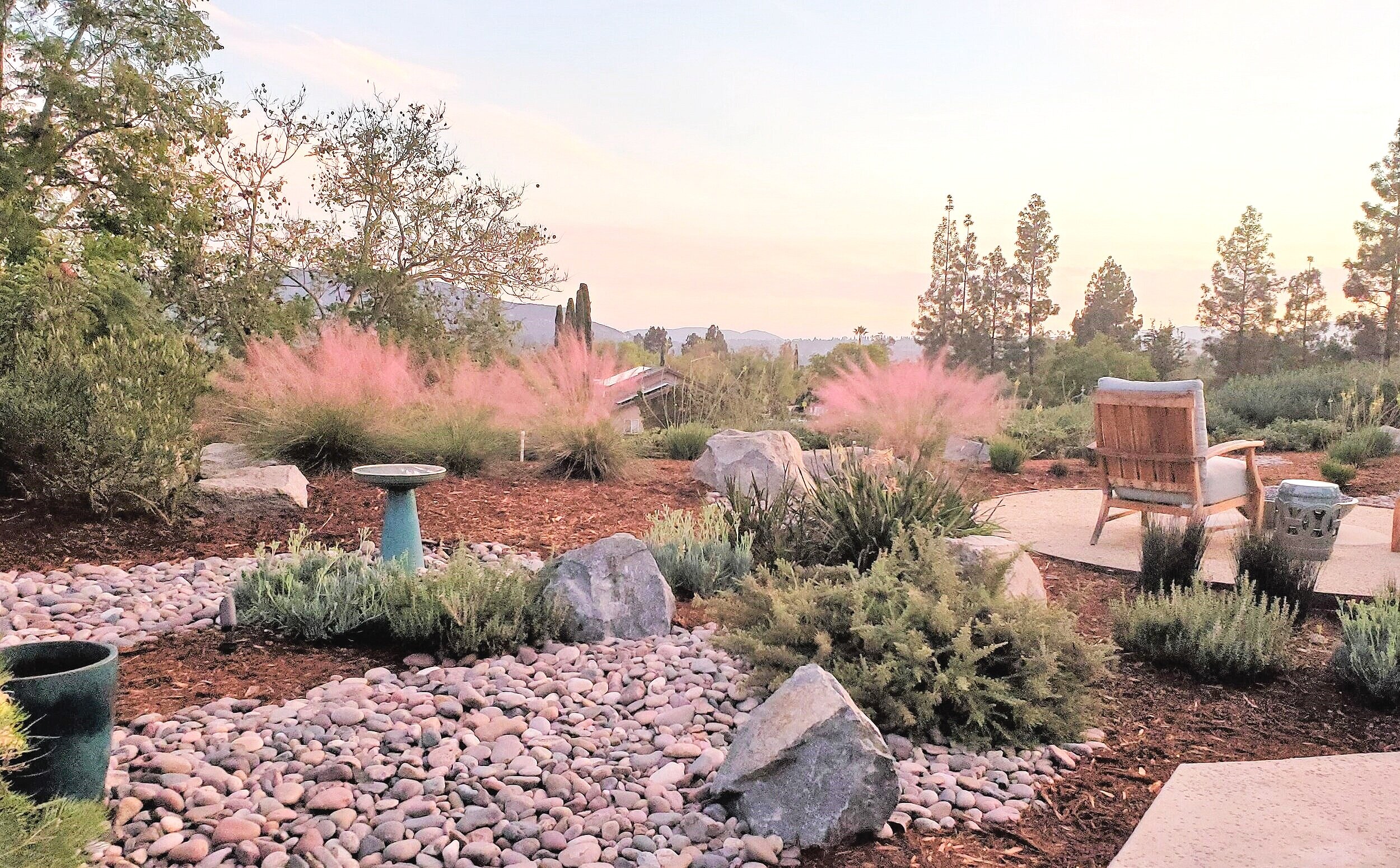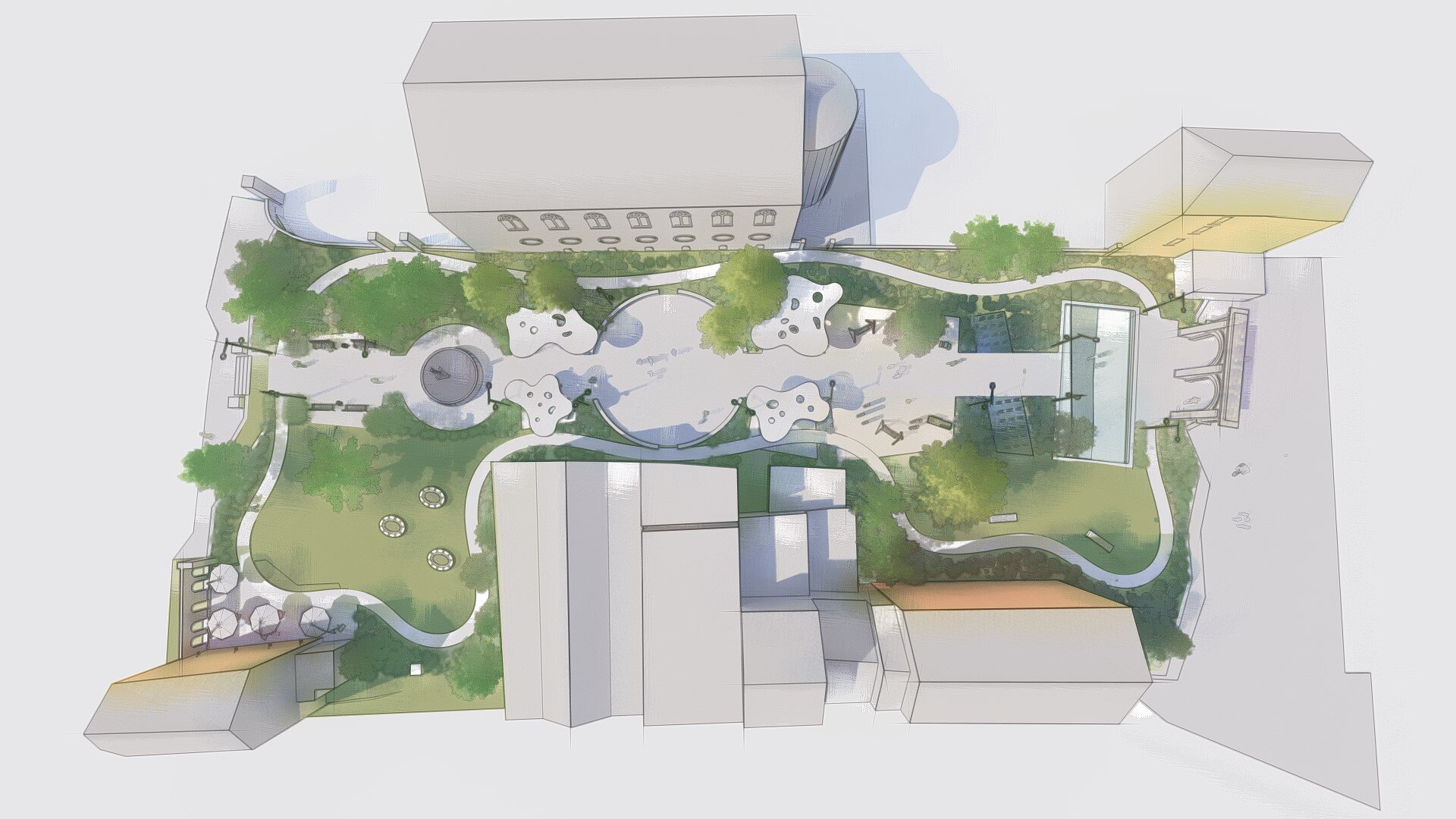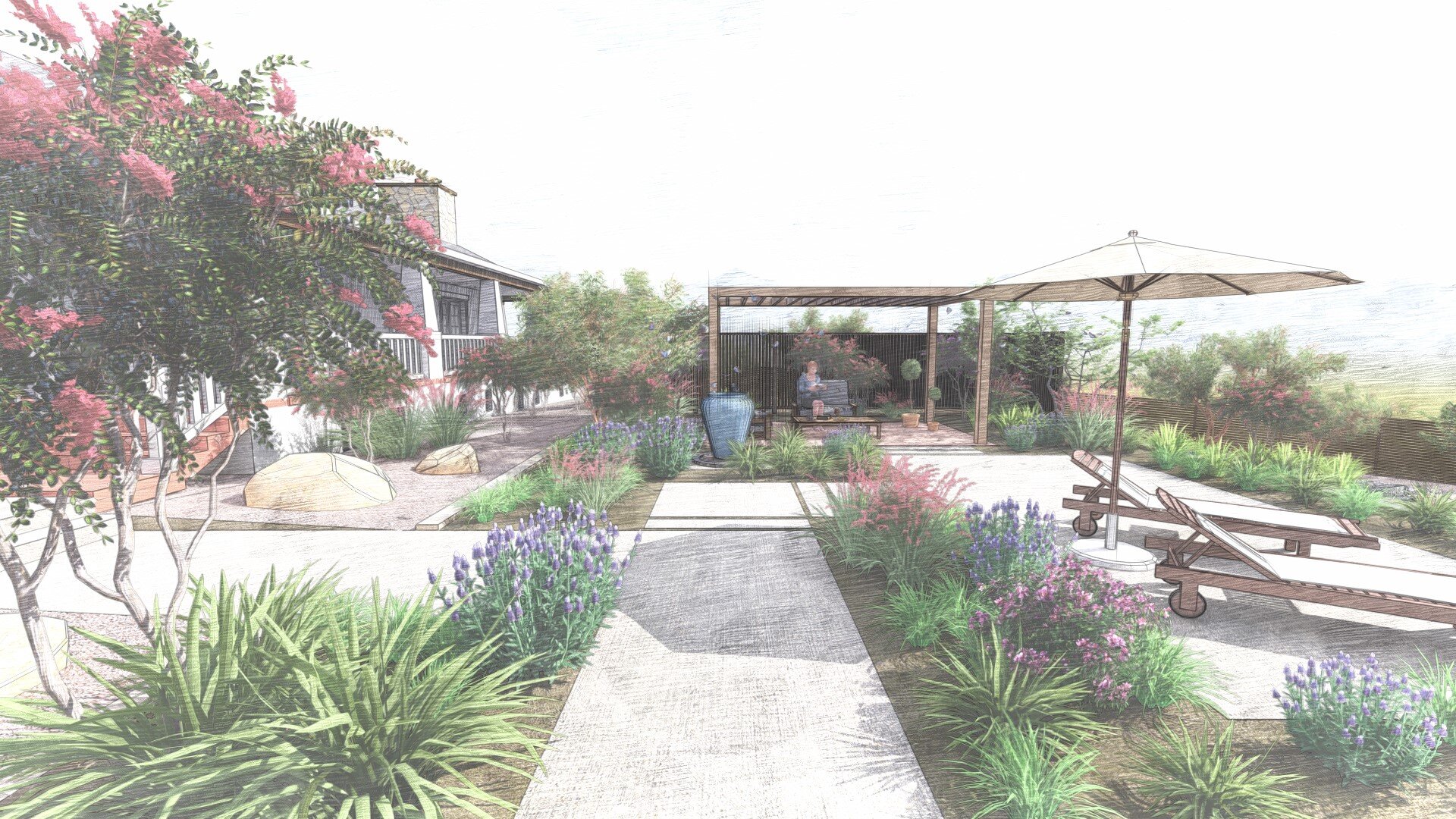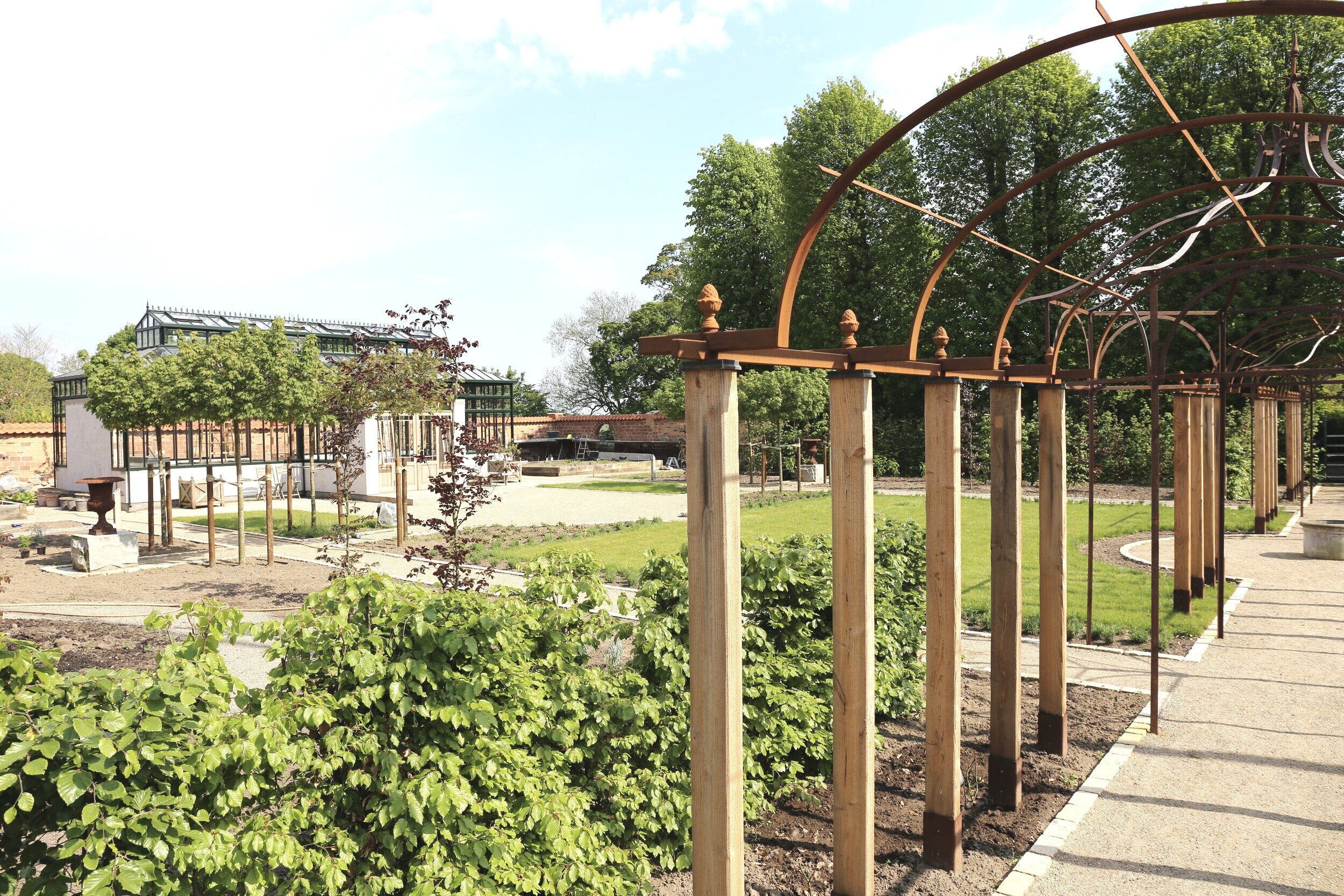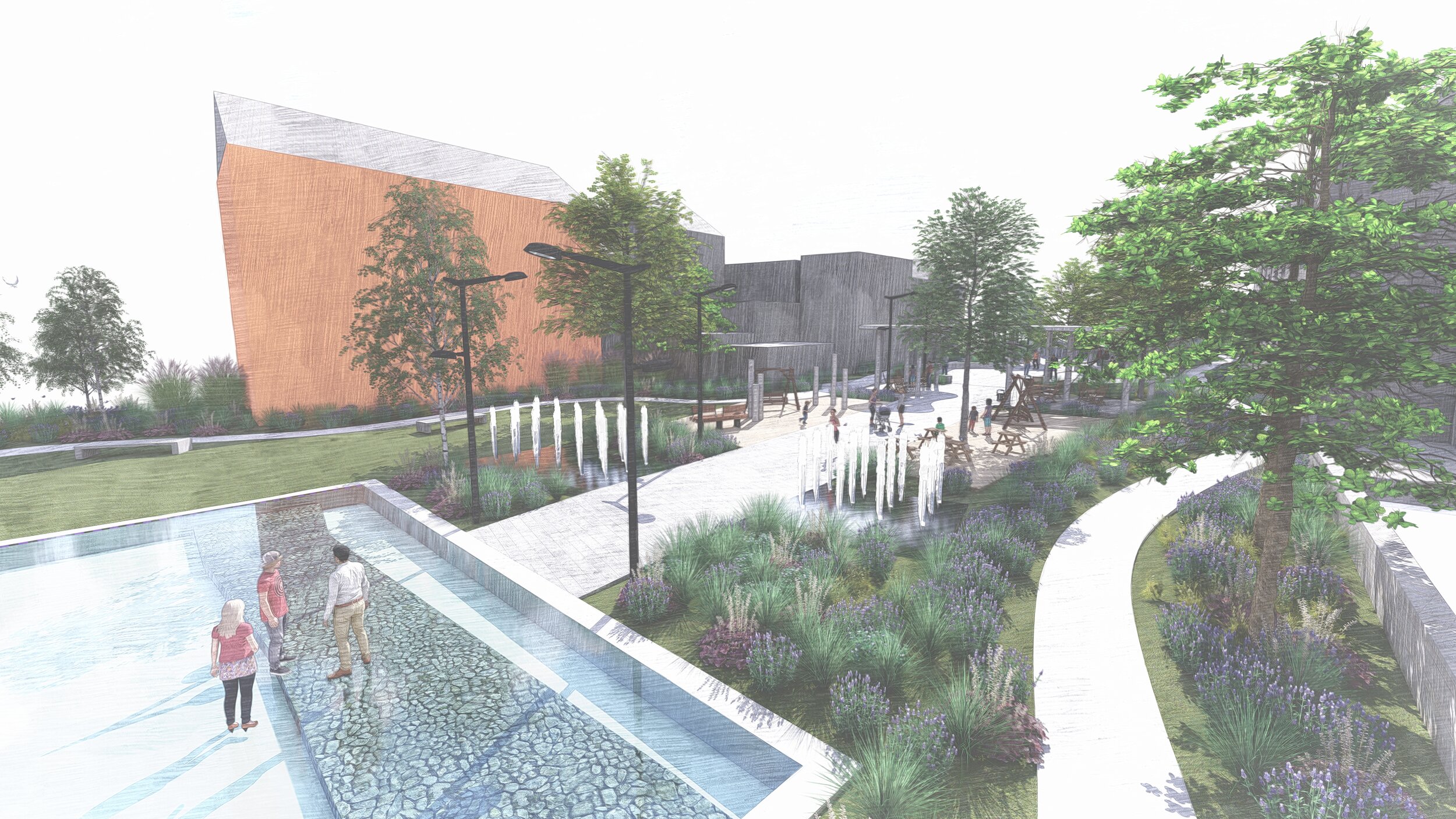Landscape Design in Sunset Cliff - San Diego, California with LASD Studio.
Landscape design in Sunset Cliff, San Diego
San Diego's Sunset Cliffs is one of the city's most historic and renowned districts. However, because of the close closeness to the water, landscape selections might be difficult. Let's take into account the microclimate as well as the salty air in the design. Rusty materials and plants that are susceptible to salt may not be the greatest choices, but there are plenty of other options to consider that will blend seamlessly into landscaping design. Environment design for Point Loma and Sunset Cliffs might be difficult, but with the proper expertise, an ideal landscape can be achieved.
Landscaping entails more than just putting a shrub or tree in the right spot. When you pursue landscaping with the sole intention of planting what you like, the end product will resemble a jumble of randomly arranged plants. You may lose money or have to spend more time sustaining your yard if you misplace plants or put them near plants that are harmful to them. This does not imply that you must follow a specific landscaping strategy. Instead, stick to a few simple parameters and enjoy "on-the-fly" design.
One must be able to access the landscape in order to enjoy it. Make sure to incorporate routes that are large enough to handle a mower or other heavy lawn equipment. Intend for greater machinery access, such as a wide gate in the fence, if you plan on having trees removed or installing a concrete patio.
FEATURED PROJECTS
The focal point of any landscape should be carefully selected. It might be a man-made structure, such as a gazebo or patio, or something more natural, such as a tree or a water feature. Whatever you select, make it stand out by making sure the texture and color contrast with the rest of your landscape. It still should be in sync with the rest of the design strategy. There is no need to confine to just one focus area. Small elements of landscape, such as a pool or an outdoor kitchen, may be designed with certain focal points in mind.
It's critical to understand the microclimates of Point Loma. Coastal Point Loma is a fantastic site to plant. Everything from vegetables to succulents, fruit trees, flowers, cactus, ornamentals, and a variety of other plants may be grown. Water consumption is one of the most critical considerations in this sector. To stay healthy all year, most non-native plants will require watering and pruning.
Cutting, trimming hedges, deadheading perennials, weeding open gardens, grass edging, pruning shrubs, lawn mowing, and clearing rubbish are all everyday gardening and landscape chores in Point Loma. Specializing in native and drought-resistant garden management without lawns requires more technical plant care because San Diego only gets around 10 inches of rain per year.
There's nothing quite like the feel of cool sea wind, right? Some plants, on the other hand, do not share this sentiment. This is because, in addition to the high salt concentration in the soil near coastal regions such as that of Point Loma, wind may also transport salt, providing an unsuitable environment for many plants. Plants might struggle to absorb water if they are exposed to too much salt. Instead, it may induce the plant to exude water. Plants that aren't adapted to high salinity will have leaf burn or drop, and finally, perish. High winds and the potential of floods, which might drown the landscape in seawater, worsen this problem during hurricane season. Plants must be tough to live in coastal areas, despite their beauty.
Luckily, there is a range of salt-tolerant plants which are well for the coast. Some are even durable enough to be used in places right next to the beach. Most dune grasses, as their name implies, can flourish in even the most saline of settings. Shrubs like sea lavender and bay cedar are in the same boat. Daylilies, lantanas, beach roses, or a prickly pear cactus are super for a splash of color. Plants like wax myrtle, marlberry, yaupon, coco plum, and mound lily yucca are good options for a region that receives less salt spray.
It's perhaps no mystery that saw palmettos tolerate salt. However, those aren't your only choices. High-salinity tolerance is seen in saltbush, seagrape, white mangrove, and, buttonwood. Choose a cabbage palm or a silver palm for the addition of palms. Southern magnolia, golden fig, sweet acacia, and fiddleleaf are other options for properties that aren't right on the shore. All are salt-tolerant to a degree.
Additionally, just because the site is near the water doesn't mean that plants with poor salt tolerance should be avoided. Container gardening is the answer since it allows more control over the environment thanks to the potting soil and the option to relocate the pot to a more protected area. If a container plant is oversalted, the soil can be flushed to remove the excess salt. These are just a few ideas for beachfront properties. While there are many high-salt-tolerance plants, there are also moderate- and low-salt-tolerance plants that may be suitable, depending on their location, hardiness zone, and environmental considerations.
LASD Studio Services: Landscape Architecture, Sustainability & Design.
Our design studio delivers Garden Design, Landscape architecture and Urban Design Projects internationally. Each of our design distinguishes with with the high quality details, attention to the specific epoch of architecture style, climate zone, sustainability issues and of course wishes of our clients.
LASD Studio fields of expertise are ( for private, public, institutional):
Garden Design, Landscape Design & Exterior Design
Landscape Architecture
Urban Design
Regional Landscape Design
Private, Public, Institutional Landscape Design and Landscape Architecture Services worldwide.
Land Art, planting plan selection, Landscape Design and Landscape Tender Preparation
“Your bridge to Nature”

